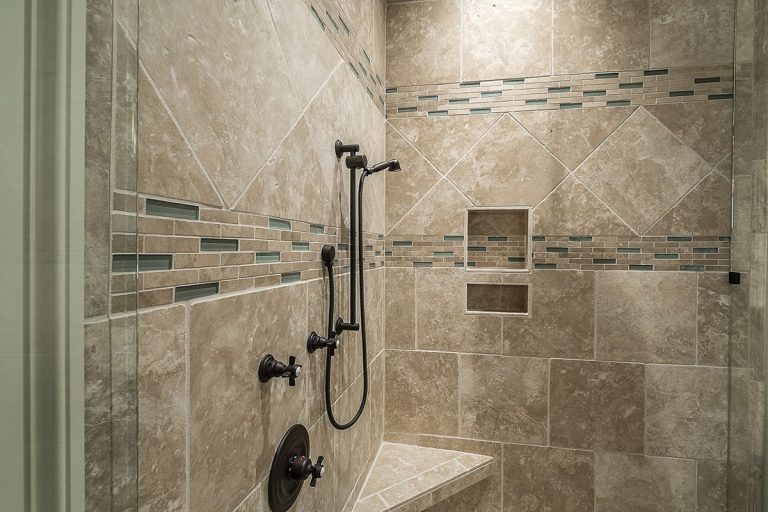Tips for Protecting Your Drain
The drain is an essential part of any household, responsible for removing wastewater and keeping your sinks, showers and toilets functioning properly. However, it’s also one of the most overlooked areas when it comes to maintenance and can easily become clogged due to everyday use. Clogs not only cause inconvenience but can also lead to costly repairs if left untreated. Here are some tips for protecting your drain and preventing clogs.
Common Causes of Clogs

Before we dive into the preventive measures, it’s important to understand the common causes of drain clogs. Some of the most common culprits include:
- Hair: Hair is one of the main reasons for clogged drains in bathrooms. It can easily get tangled and accumulate in the drain pipes, causing blockages.
- Food Waste: In the kitchen, food waste is a major cause of clogs. Grease, oils and fats can harden inside the drain pipes and trap other food particles, leading to stubborn clogs.
- Foreign Objects: Small objects like toys or jewelry accidentally falling into the drain can also cause clogs.
Tips for Protecting Your Drain

- Use a Hair Catcher: To prevent hair from clogging your bathroom drains, invest in a hair catcher that can be easily placed over the drain. It will catch any loose hairs and can be easily removed and cleaned.
- Dispose of Food Waste Properly: Avoid putting food scraps down the kitchen sink and instead use a strainer to catch any leftovers while washing dishes. Dispose of food waste in the garbage or compost.
- Avoid Pouring Grease Down the Drain: Never pour grease, oils or fats down the drain as they can solidify and cause clogs. Instead, wipe excess grease from pots and pans with a paper towel before washing them.
- Regularly Clean Your Drains: It’s important to regularly clean your drains to prevent buildup and potential clogs. You can use a combination of hot water, vinegar and baking soda to flush out any debris.
- Use a Plunger: In case of a minor clog, try using a plunger to dislodge it. Make sure you have enough water in the sink or bathtub to create a seal and plunge vigorously for a few minutes.
- Avoid Flushing Inappropriate Items: Only flush toilet paper down the toilet as other items like wipes, feminine hygiene products and cotton balls can easily cause clogs.



